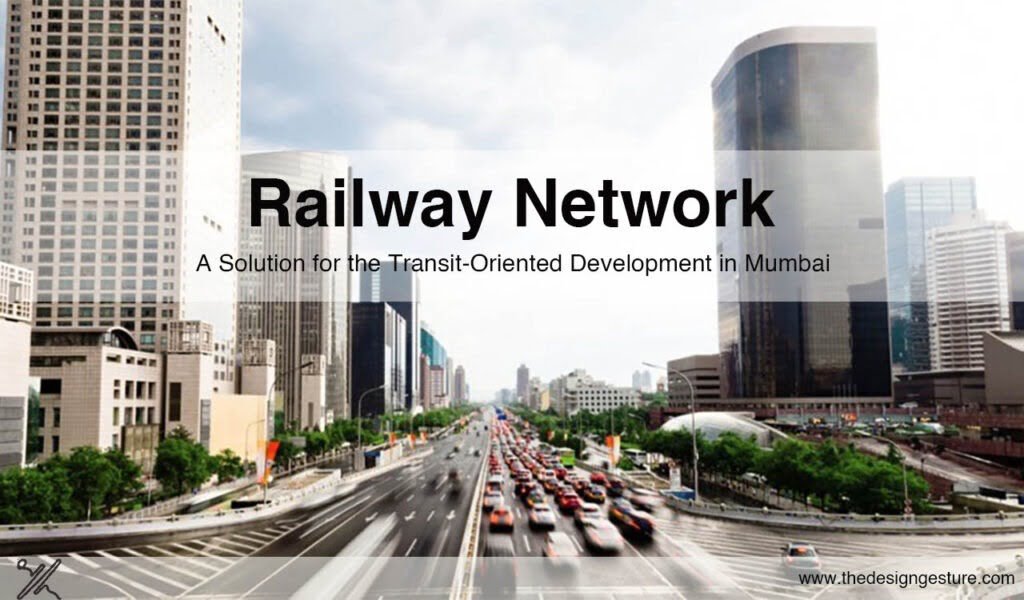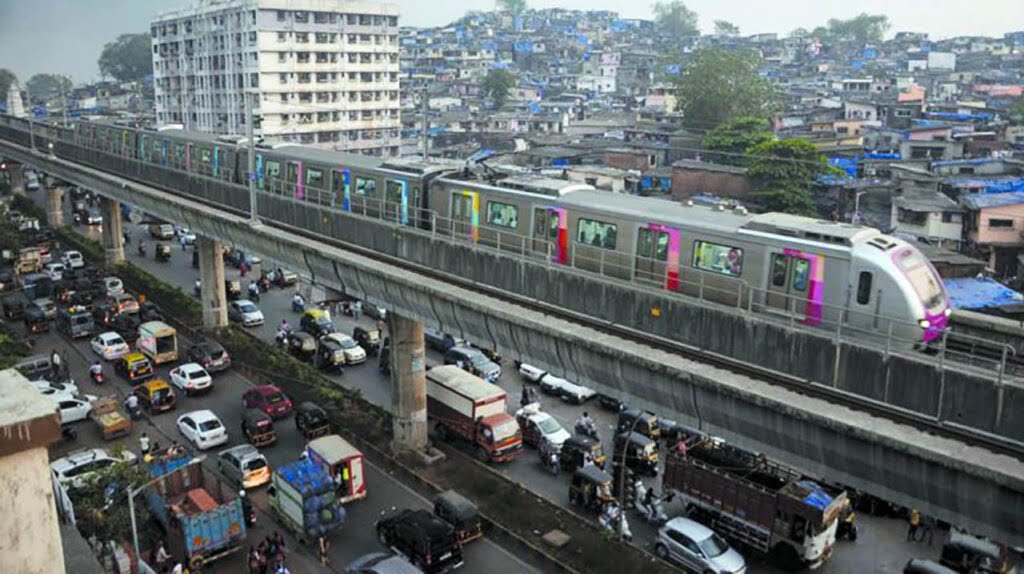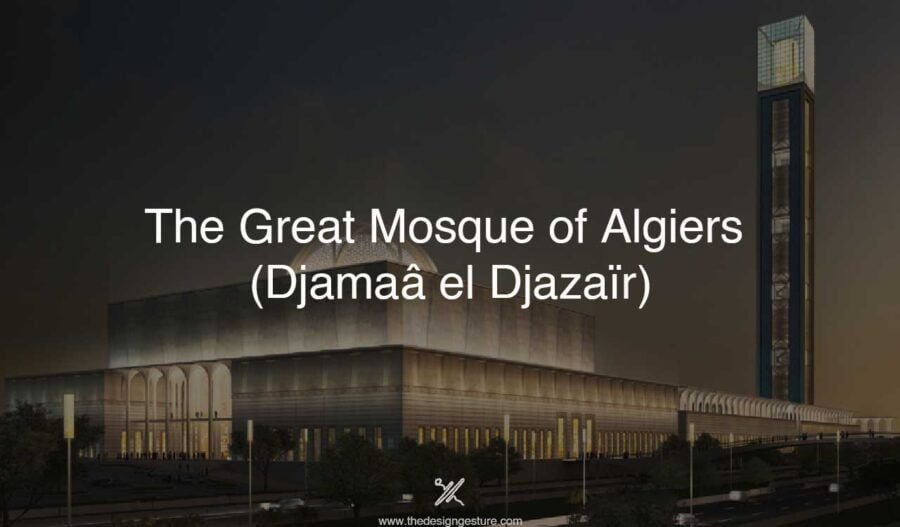Table of Contents
Background
Mumbai is the capital of the Indian state of Maharashtra and its economy is based on financial services, IT-based services, and media/entertainment. The city of Greater Mumbai is geographically divided into 3 main regions, the island city of Mumbai (25% of the population), the eastern suburbs (30% of the population), and the western suburbs (44% of the population). The island city population has stabilized and growth is expected to slow by 2034, but the population of the suburbs is projected to grow to 80% of the total by 2034.
This population distribution correlates with the transformation of Mumbai from a predominantly monocentric city to a polycentric city with new shopping centers in the suburbs. The city owes its railway network, which carries over 7.5 million passengers per day, to enable this expansion.
Railways Guided Development
The case of the Mumbai metropolitan area shows that efficient urban transport systems are crucial elements of sustainable urban development. An incredible 88% of all travel in the Mumbai metropolitan area is by bus and train. This shows that there is a requirement for an effective and efficient public transport system, particularly the railroad.
The S-Bahn system is the main mode of transportation in the Mumbai metropolitan area, with more than 52% of all daily commutes using this mode of transportation. The railways in the Mumbai metropolitan area perform the dual function of connecting the multiple CBDs in the city of Mumbai and expanding the connections with the suburbs. The high average travel length of 24 km for this mode indicates the regional connectivity of the network.
Factors of railway guided development
City form
The main reason for the compactness of Mumbai is its physical geography. The linear shape of the city of Mumbai has been given to the railway corridors and you can see the growth on the three main lines around the station nodes. The principles of transit-oriented development in Mumbai suggest intense activities around transit stations; in the case of Mumbai, it started organically.
Affordable Housing
First, the high cost of housing in the Mumbai metropolitan area is inevitably forcing people, especially the middle-income population, who can afford to move to the remote northern and eastern suburbs. The S-Bahn network offers a viable option for your transportation needs. Second, the urban poor, unable to afford suburban housing, crouch in the wasteland along railroad tracks, along canals, and under bridges.
Due to the proximity to the eastern and western suburban lines, slums are located in the city center and new suburban neighborhoods have now increased along the railway lines. In Mumbai, access determines location, proximity, and daily routine more than in most other cities, especially for the urban poor and the middle-income group.
Multiple CBDs (Central Business District)
Mumbai was predominantly a monocentric city with a tidal pattern of displacement with a directional ratio of up to 80:20 to the south in the morning and vice versa at night. Now, however, the city is polycentric with new business centers in suburbs such as Bandra Kurla (diamond exchanges and government offices), Lower Parel (finance, insurance, television, and print media), Andheri Kurla (hospitality, airport), SEEPZ (manufacturing electronics and export, IT and BPO) Malad (film production and media companies) and Goregaon (film production), coordinated under the strong rail network.
Connectivity

Intermodal connections with shuttle buses and rickshaws for last-mile connectivity will be integrated into the development and design of the stations. Almost 50% of the operating routes of Mumbai‘s largest bus company, Bombay Electric Supply, and Transport (BEST), are related to feeder routes that run the last mile between the S-Bahn network and residential areas. Almost 34% of trips to Ghatkopar station are made with BEST buses.
Navi- Mumbai transit system
The growth of Navi Mumbai has been molded by the integration of affordable housing, high-quality infrastructure, and public transportation networks. This region with 2 million inhabitants is served by a network of suburban trains that connects it with the Greater Mumbai metropolitan area. This form of transport-oriented development was one of the first in India and remains one of the few Indian cities that have integrated public transport with residential, office, and commercial spaces.
The first railway network was started between modern Mumbai and Navi Mumbai with the construction of the Mankhurd Vashi Bridge in the 1990s and gave a boost to the growth of Navi Mumbai as an affordable accommodation option in Mumbai.
The costs of the railway infrastructure were shared by CIDCO and the railways at a ratio of 67:33. Bonds were issued to raise capital for rail infrastructure and user fees were charged.
The current railway network is 52 km long and has 14 stations, which are designed to take advantage of the commercial space above the stations, to quickly unload passengers from the platforms, and to offer enough parking spaces. In the development and design of these stations, intermodal connections with shuttle buses and rickshaws are integrated for last-mile connectivity.
Navi Mumbai City also operates a bus service under the Navi Mumbai Municipal Corporation. The network has a fleet of 411 buses and carries 150,000 passengers per day. The so-called Navi Mumbai nodes now form the core of the decentralized concentration.
Conclusion
However, there are some challenges that the government must address in the full implementation of transit-oriented development.
Property Values Review
Average home prices near the areas of transit-oriented development in Mumbai can be more expensive compared to areas far from such developments. Therefore, transit-oriented development in the catchment area could pursue a strategy to enable affordable housing by reviewing the FAR minimum percentage for affordable housing under the policy of transit-oriented development in Mumbai.
The affordable housing stock is being built in the northern suburbs and satellite cities of Mumbai (Kalyan Dombivali, Thane), resulting in longer travel times.
Local parking change
Policies should be changed to encourage the use of public transportation instead of private vehicles. Typically, parking is too expensive, discouraging people from using public transport. Therefore, it is imperative to change local parking policies to avoid the use of private vehicles and increase the inclination of people to use public transport.
More than 50% of the commute to work in Mumbai is done on foot alone. Such high pedestrian ratios can only be maintained with proper parking reforms, which reduce the minimum off-street parking in proximity to suburban network crossings to zero and determine parking maximums and thus create a safe and networked pedestrian environment.
Coordination between different authorities
The implementation of transit-oriented development would require effective coordination between different agencies to develop master plans, review building codes, traffic regulations, and adopt a funding model. All of these agencies must work together for the strong framework of transit-oriented development in Mumbai. Any inequality between agencies could undermine TOD’s success.
Government agencies work together at all three levels – central, state, and local – to create the much-needed infrastructure base for Mumbai Metropolitan Region. The transit-oriented development in Mumbai along the corridors of the metro is a step in the same direction. Overall, the development is expected to address existing city issues such as random urban growth, rapid growth in vehicles, and pollution.
The current density of Mumbai is high enough that investments in public transport are financially sustainable. Within existing nodes, the focus is on “Change and Improve” mechanisms by improving public transport operations. Currently, it is pursued by prioritizing the provision of public transport, NMT, and pedestrian facilities and supporting the use of roads for public transport (buses) by prioritizing signs, assigning roads, etc.
Train stations around the suburban, subway and monorail corridors in Mumbai suffer from a lack of proper road and sidewalk infrastructure design, competitive demands from pedestrians, street vendors, and passenger traffic (IPT), lack of information on systems transportation, and lack of streets furniture and other public facilities.
The policy of transit-oriented development in Mumbai was formulated in the development plan, but specific development control regulations (DCR) have not yet been drawn up to take into account the need for parking spaces, urban form, and inclusive living within the zones of influence of these target stations. In the future, only the high proportion of public transport in the city and the region will be maintained through proactive intervention.












